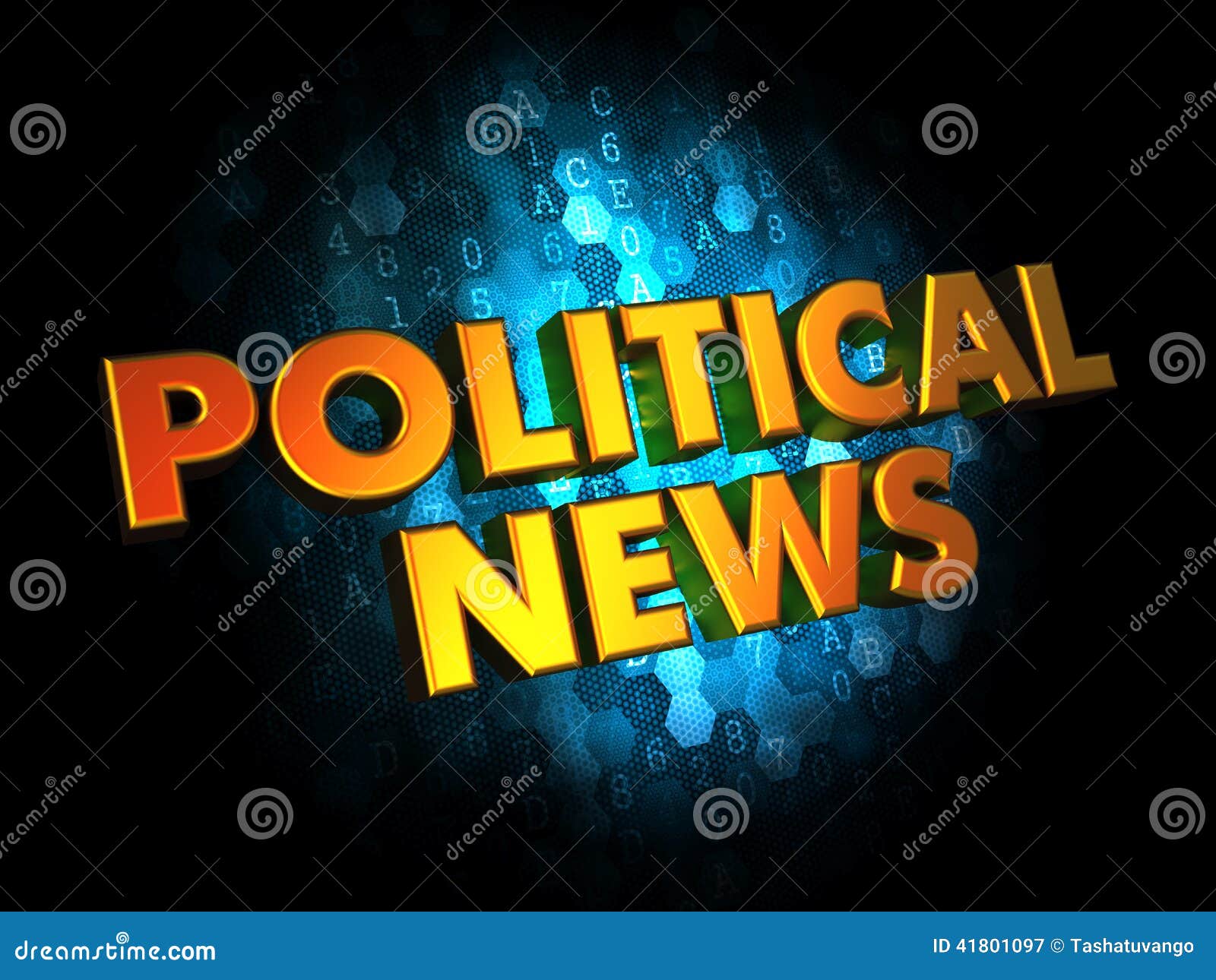As we reflect on the previous year in political discourse, it is apparent that we are witnessing a profound moment in the political environment. The rise of non-traditional candidates is transforming conventional political boundaries, signaling a increasing desire among voters for options to the existing order. With the next election approaching, anticipation is building around key issues that could reshape the political map.
From conversations over the Supreme Court's anticipated judgment to the resurgence of civil demonstrations echoing requests for transformation, this year has been marked by both volatility and active participation. The younger demographic, arising as a key force, may well be a game changer come 2025 elections. As http://internationalsportsawards.com/members/rugbysandra0/activity/70351/ within and outside of Washington vie for control, the frameworks of American democracy are being tested like never before. Be with us as we delve into the key narratives, rising trends, and pressing issues that have characterized the political landscape of this year.
The Rise of Independent Voters
In the past few years, the political landscape in the United States has witnessed a notable shift, with independents emerging as a strong force. As traditional party lines fade away, a growing number of voters are deciding to identify as independent, reflecting a wish for choices to the conventional Democratic and Republican narratives. This trend is not merely a statistic; it indicates a fundamental change in how Americans participate in politics, motivated by disillusionment with political stalemate and a yearning for practical solutions.
The increasing independence of voters has led to a marked impact on electoral outcomes, with candidates from outside the major parties often receiving substantial support. This trend is particularly clear in key races across the country, where independent candidates are leveraging their outsider status to appeal to unhappy voters. As we near the 2025 election, this dynamic could remodel campaign strategies and challenge the duopoly that has long characterized American politics.
Moreover, the rise of independents is compelling both major parties to rethink their platforms and priorities. As independents seek responsibility and engagement, traditional party leaders must grapple with how to address the diverse concerns of this expanding electorate. The challenge ahead is not merely about securing votes, but about nurturing a political environment that accepts diverse perspectives and supports active participation in the political system.
Countdown to the Elections and Key Issues
As the 2025 election draws near, the political scene is becoming ever more complex. With independent candidates rising in significance, a movement away from long-standing party divisions is evident. Idaho news are looking for choices to the traditional two-party framework, which is leading many candidates to explore uncharted waters in their campaigns. This changing environment presents both advantages and hurdles for traditional parties as they attempt to consolidate support ahead of the elections.
Key issues are taking center stage as candidates develop their campaigns. From the lingering effects of the COVID-19 crisis to plans for economic revival, the electorate is intensely focused on policies that address their immediate concerns. Furthermore, subjects such as climate change and fair elections are generating substantial conversation, as voters demand practical answers. The younger electorate, in particular, is expected to play a vital role in shaping the results, pushing issues like education and environmental action to the forefront of campaign messages.
With a backdrop of shifting alliances and uncertain voter intentions, candidates are ramping up their strategies. As debates over district manipulation, financial support, and disinformation intensify, the need for clear communication has never been more critical. Voters are looking for honesty and authenticity from their candidates, making it crucial that candidates heed the rising expectation for trustworthiness and responsibility as they head into the important weeks leading up to the vote.
Force Dynamics in Washington
The governmental landscape in Washington has witnessed substantial shifts over the past year, as new alliances form and established power systems encounter challenges. With the rise of nonpartisan candidates, established parties are re-evaluating their strategies to capture a increasingly diverse voting base. This shift creates opportunities for previously marginalized voices, impacting legislative agendas and party dynamics. As independents gain momentum, both Democratic Party and Republicans are compelled to adjust or risk losing relevance in future elections.
Amid these changes, the highest court remains a key player in shaping policy and public opinion. High-stakes cases approach on the horizon, with decisions that could redefine the limits of executive power and individual rights. As legislators prepare for heated confirmation battles and potential rulings, the influence of judicial decisions on political moves becomes increasingly apparent. The court's rulings not only reflect its ideological biases but also influence the strategic calculations of politicians operating in a partisan Congress.

Additionally, the threat of impeachment persists to hang over Washington, adding another layer of difficulty to political maneuvering. In a climate of swirling rumors and partisan divisions, leaders must be cautious as they evaluate the merits of investigating or dismissing these allegations. The implications of such actions could reverberate throughout the political spectrum, influencing voter sentiment and party loyalty going into the important election year of 2025. As the arena is set for fierce political battles, D.C.’s power dynamics are anything but predictable.
